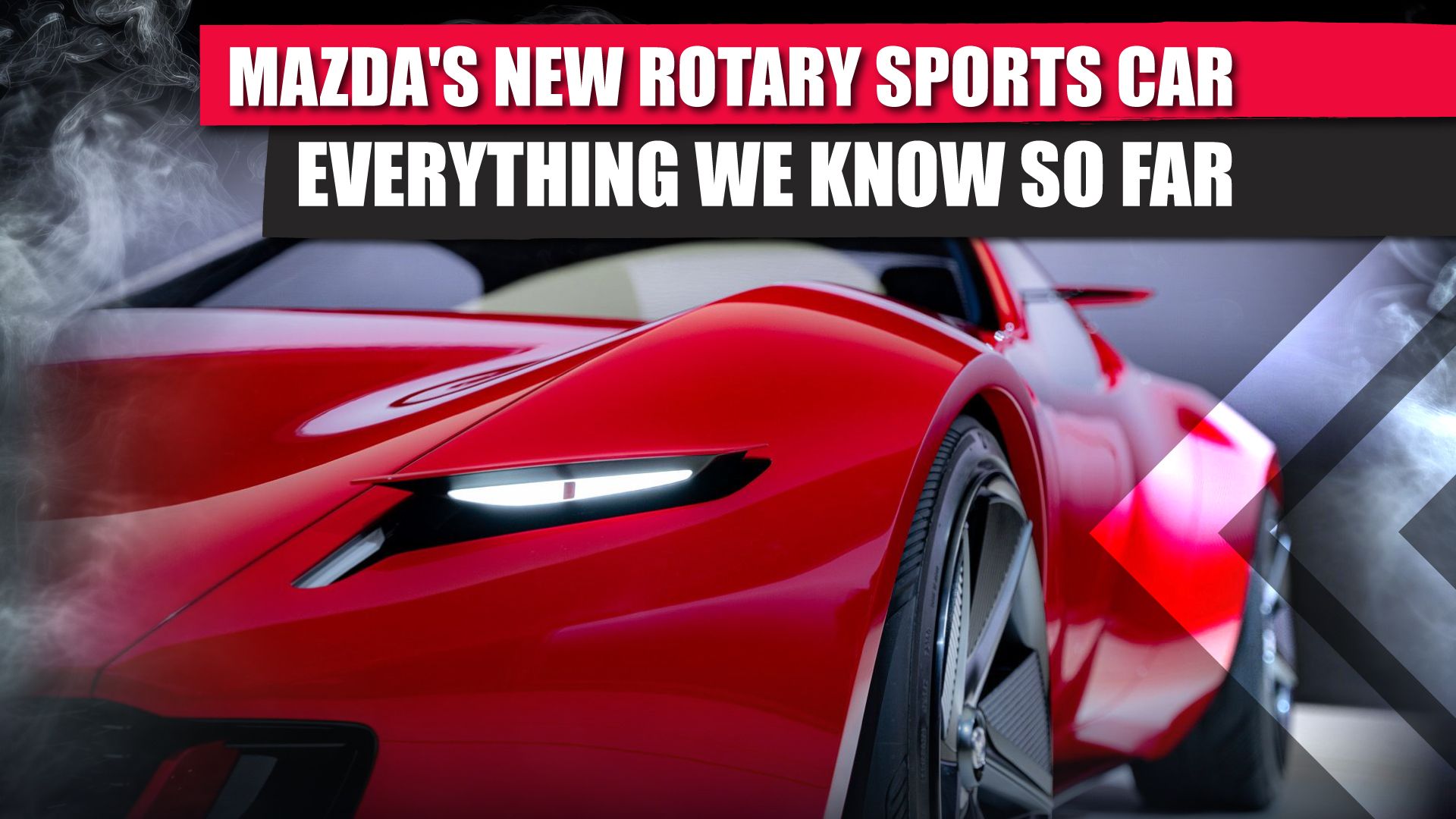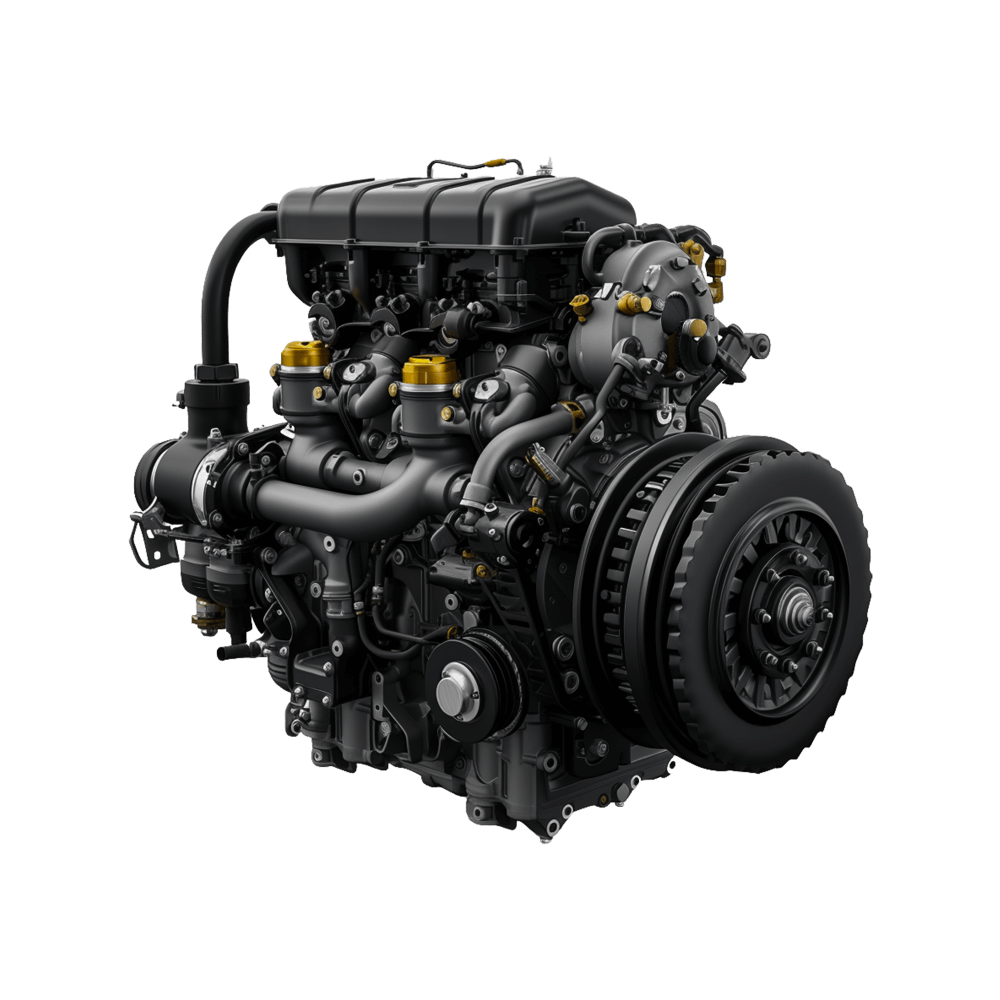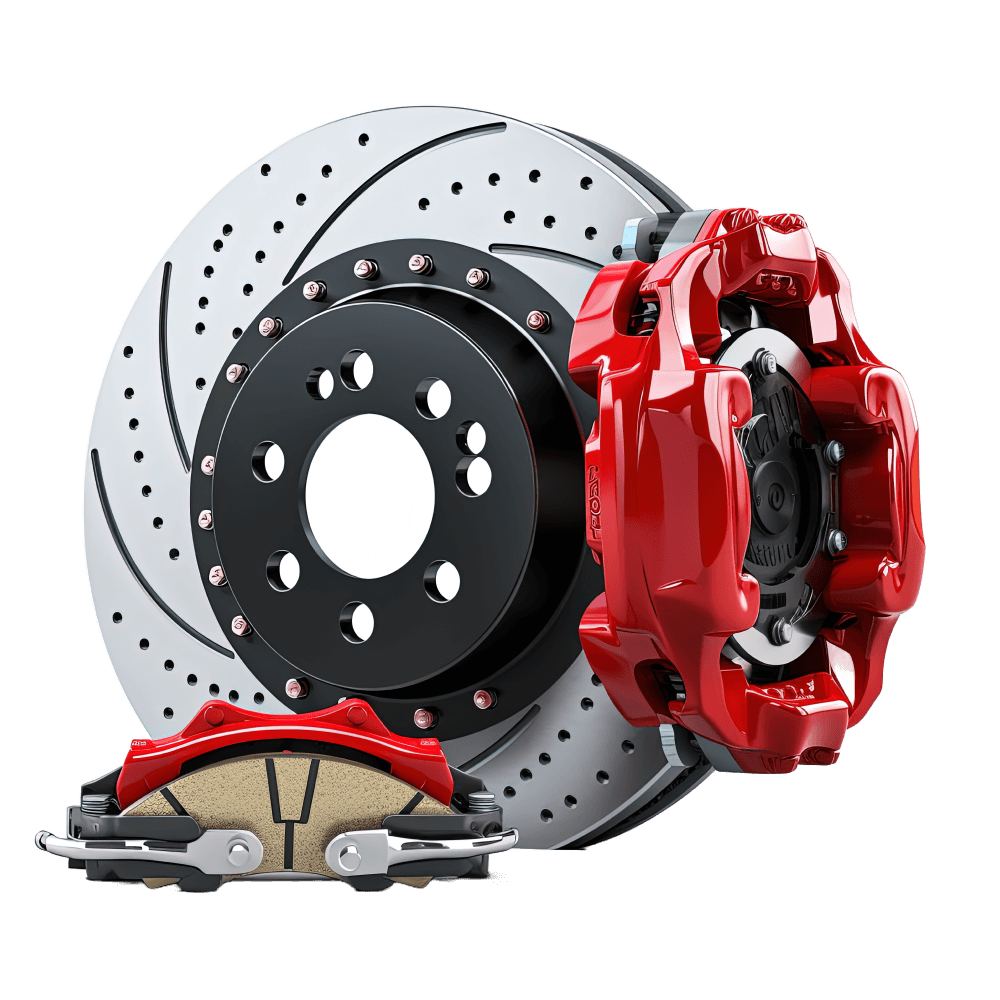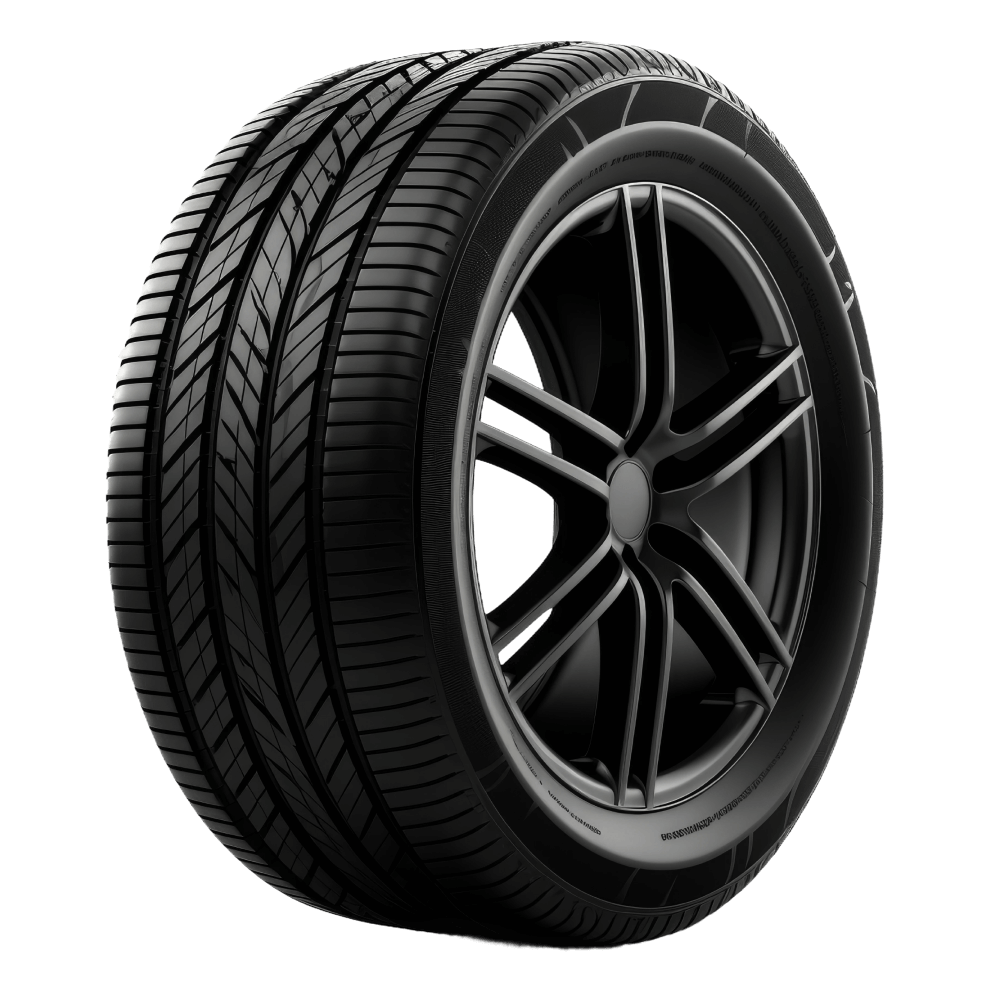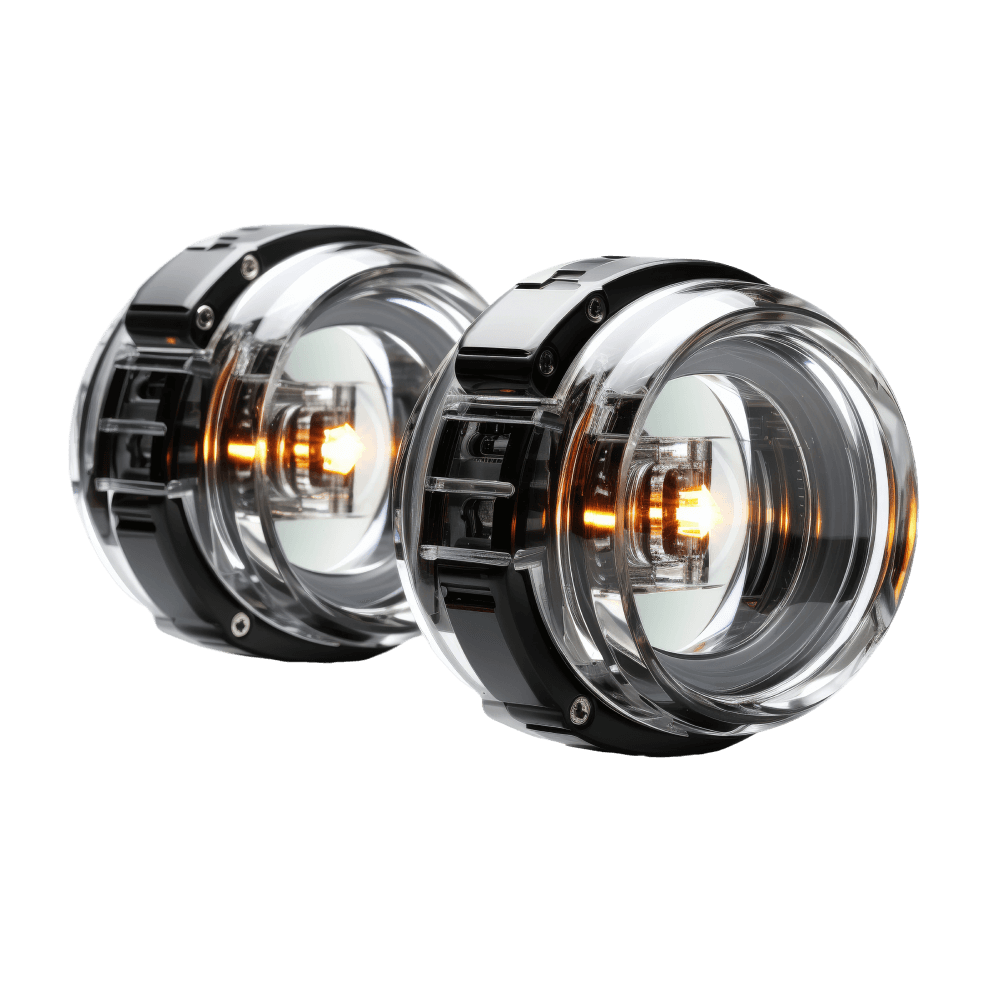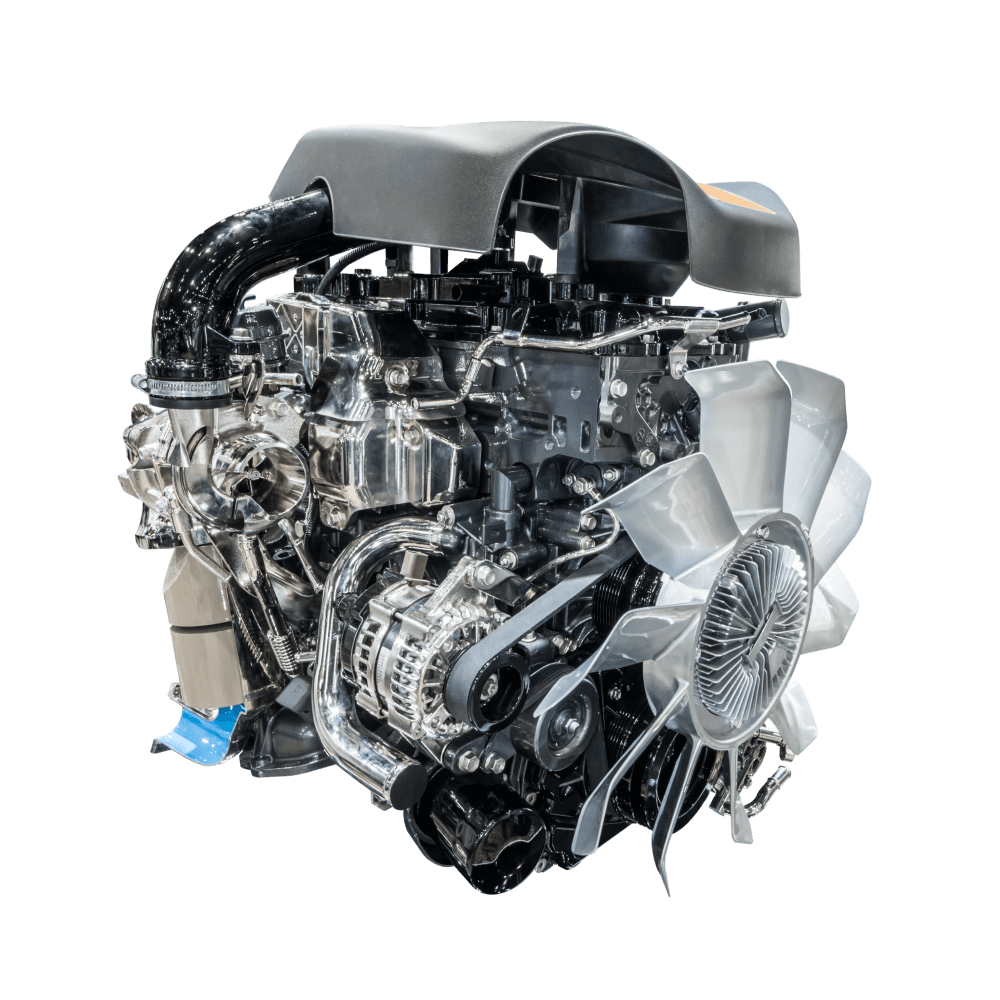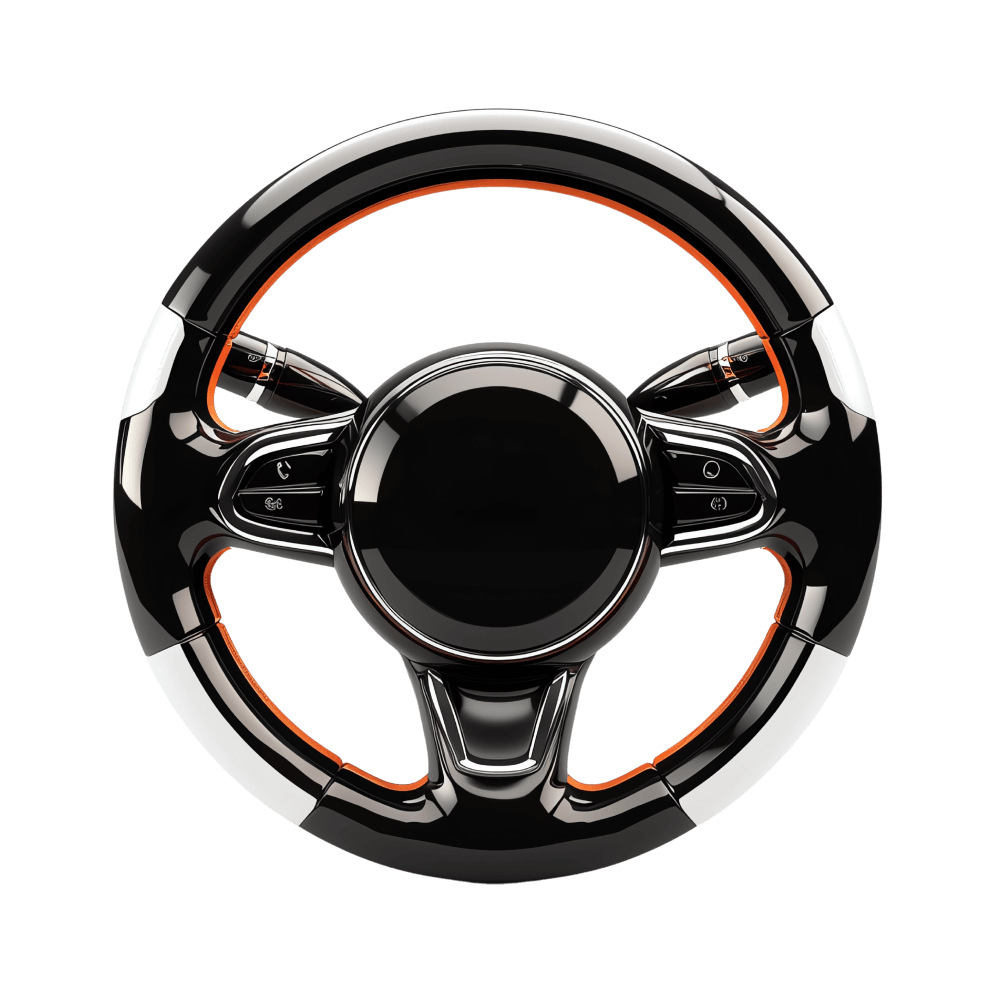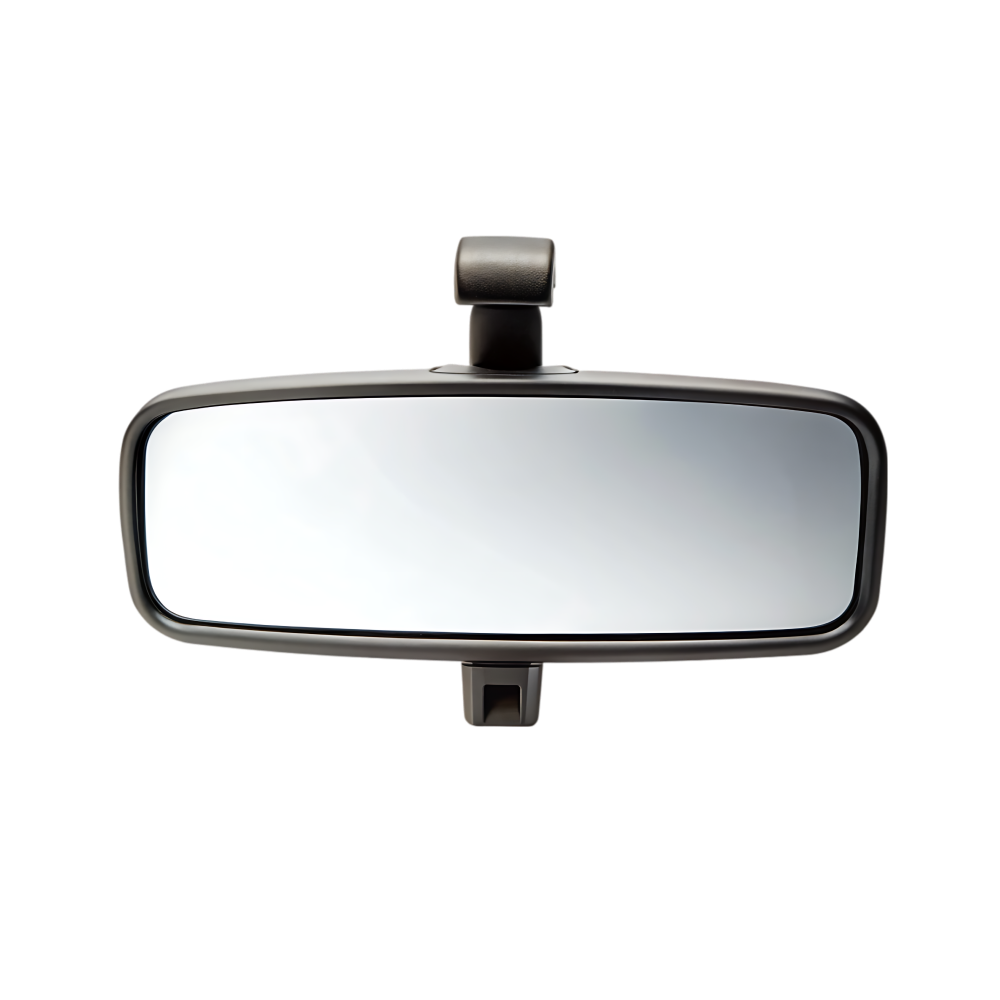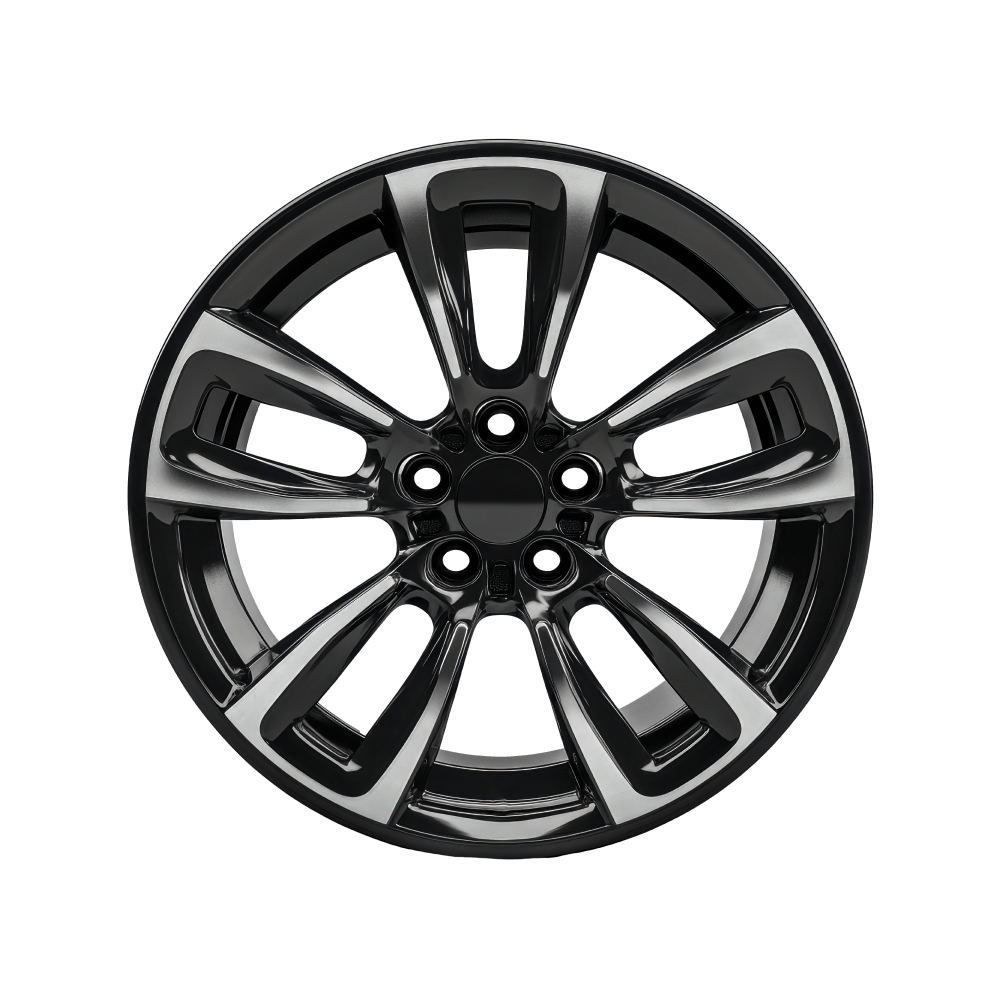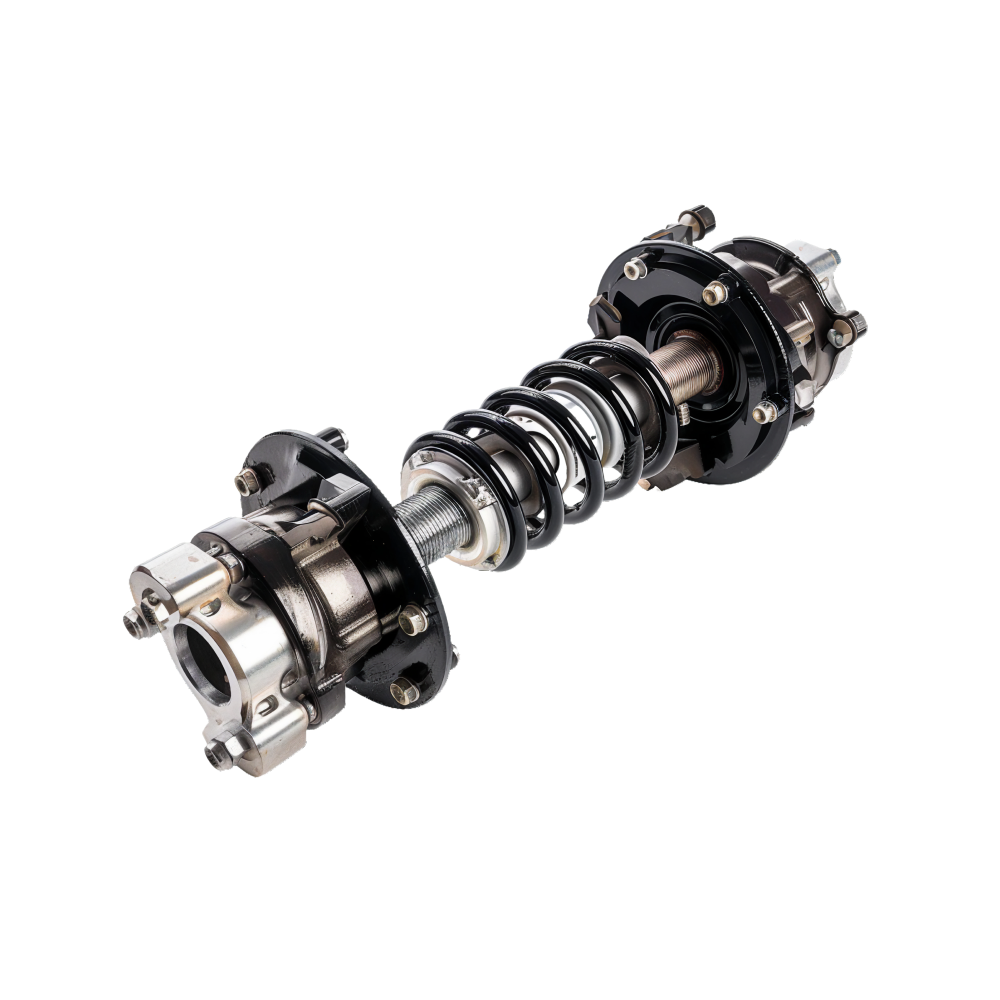The RX-7 sits at the center of Mazda lore. Light, sharp, and fearless, it taught a generation that a small rotary can punch above its size. After years of hints, Mazda now points to a follow-up for the modern era. The Iconic SP concept set the tone: a low, clean two-seat coupe with a hybrid setup built around a compact twin-rotor. Mazda’s leaders call it a true sports car that would live above the MX-5, not replace it. The message to enthusiasts is simple: the rotary flame still burns, and Mazda wants it on the road again.
Key pieces remain in play. Mazda has not confirmed a badge, a gearbox, or a final layout for the production car. Timing and price also sit in the “to be announced” column. What exists today is more than a sketch, though. There is a working template, an active rotary team, and a clear slot in the lineup next to the Miata. Here’s everything you need to know about the resurrected rotary sports car.
Mazda has kept the sports-car flame alive with the Miata. Yet the brand also wants a second act. Executives point to a new coupe that would sit above the MX-5 and bring the rotary engine back to the spotlight. The company showed the Iconic SP concept in 2023, and it now treats that car as the blueprint for a production model. In public comments, Mazda’s chief technical officer Ryuichi Umeshita called the Iconic SP “a good successor for RX-7,” making the intent clear even if the badge is not.
This upcoming car will not replace the Miata. Mazda plans to sell it alongside the roadster as a larger, more powerful machine. That message matters to fans who feared a one-in, one-out approach. Mazda’s leadership has said the rotary sports car will be a separate model positioned above the beloved MX-5.
Naming remains open. Mazda has not confirmed RX-7 or RX-9. The team even ruled out Cosmo, a historic rotary name from the brand’s past. The company signals respect for heritage without promising a specific badge. The car’s mission matters more than its eventual name.
The Iconic SP concept set the stage with real numbers. It measured 164.5 inches long, 72.8 inches wide, and 45.2 inches tall, on a 102-inch wheelbase. The show car kept seating to two. That footprint places it up a class from the current Miata and aligns with Mazda’s plan for a higher-tier sports car.
Mazda’s renewed focus on the rotary is not a marketing line. The company reinstated a dedicated rotary development group under CEO Masahiro Moro. Their charge is simple to state and hard to do: deliver a modern rotary powerplant that can meet U.S. and European emissions rules and fit the brand’s performance targets. Progress, according to Mazda, has been “very encouraging.”
The business case still matters. Mazda is a smaller automaker with finite resources. Executives have said the technical path is nearly ready, but the green light depends on proving demand for a second sports car. In plain terms, Mazda wants to build it, but it needs to see enough buyers waiting with real checks.
Fans also want to know how this car relates to the RX-7 itself. Mazda has framed the Iconic SP as a spiritual successor rather than a direct remake. The aim is not nostalgia on four wheels. The aim is to capture the RX-7’s core – tight packaging, lightness, response – and translate it for present-day rules and technology. That is why the powertrain story sits at the heart of the project.
Starting with the exterior, the Iconic SP concept showed a long hood, a compact cabin, and a short rear deck. The proportions read as classic sports car, but the surfaces are modern and clean. Sculpted fenders frame the body. The nose sits low, and the tail features simple, round lamps. The car looks planted without gimmicks. These cues will guide the production car because Mazda calls the concept a direct preview.
The concept also sat lower and wider than the Miata. That stance gives it presence and signals the intent to go upmarket in performance and price class. The width, combined with the low roofline, points to a focused, two-seat layout. Mazda has not shown a production prototype yet, but the size and stance imply a car built for grip and stability at higher speeds than the Miata sees daily.
Details matter on a Mazda. The brand’s design chief has said the Iconic SP is not a throwaway showpiece. He described it as a “pure sports car,” and he tied future Mazda designs to a cleaner, more reductive look. Expect the production coupe to carry over the concept’s key elements rather than chase trend-heavy flourishes. Mazda design tends to evolve rather than pivot hard.
The front end of the concept keeps a slim grille and crisp lighting. It avoids oversized openings. The message is efficiency and aero discipline, not aggression for its own sake. The hood line stays low, which hints at the compact rotary hardware packaged beneath. That packaging freedom is one reason Mazda still loves the rotary layout. It can shape the car around smaller components.
Around back, the rounded taillamps and tidy bumper underline the car’s simplicity. There is no high wing or diffuser extravagance on the show car. Mazda gives the surfaces room to breathe. The glass area is modest, which, paired with the wide rear fenders, gives the coupe a hunkered look. The whole car reads cohesive, more grand tourer in scale but clearly a two-seater in mission.
Inside, the concept stayed true to that mission. It had two seats and a driver-first cockpit. Mazda did not publish a full inventory of production-intent features, so anything beyond the seating count remains an assumption. If the brand follows its usual playbook, expect a low cowl, clear sightlines, and controls that fall to hand, but those are expectations, not facts. The only confirmed interior detail to date is the two-seat layout on the concept.
Mazda has stated the concept’s powertrain plainly. The Iconic SP paired an electric motor with a dual-rotor rotary engine that acted as a generator. In that range-extender setup, the concept targeted about 365 horsepower. Mazda described the experience as “top notch,” and executives said the system can meet modern emissions standards with the new hardware under development.
That dual-rotor unit marks a step up from the single-rotor range extender used in the European MX-30. Mazda did not bring that setup to the U.S. because it failed to meet regulations. The company now says its next-generation rotary will comply in the U.S. and Europe. This is a key technical gate, and Mazda’s engineering group has been rebuilt to clear it.
Mazda has also discussed a second layout. In that version, the rotary engine would drive the wheels, with electric assistance supporting it. This would restore a more traditional sports-car feel while retaining hybrid benefits. Mazda stops short of confirming which layout the production car will use. It has described both as active studies and has ruled out a pure battery-electric version for this model.
Company leaders have spoken about the rotary’s flexibility. Mazda’s CFO has noted the engine’s compact form and its ability to burn different fuels. The firm sees the geometry as an advantage for packaging and for future fuels. None of this sets final specs, but it explains why the rotary still earns engineering resources in 2025. The engine’s shape lets Mazda build a low hood and tight overhangs, the kind of choices that make a sports car feel right.
The transmission question remains open. Some reports hint at manual and rear-wheel drive, but Mazda has not confirmed a gearbox for the rotary sports car. One executive even suggested that a super-sports configuration might skip a manual to chase performance. That is not a decision, only a comment on the range of options, and it reminds enthusiasts to separate wish lists from confirmed plans.
One last point about pure EVs. Mazda has said a full-electric version of this sports car is not planned. That stance fits the car’s mission and the brand’s near-term product map. Mazda’s first homegrown EV, due in 2027 on a flexible platform, will carry the electric banner while the rotary coupe covers the emotional side of driving. Different tools for different jobs.
Mazda has not given a reveal date. Executives declined to set timing, and they tied production to the business case. They also said the next-generation rotary engine would be ready soon, but not in 2025. Early talk suggested 2026 as possible, yet Mazda stresses that market conditions and internal priorities will decide the schedule. That means patience is still part of the story.
The model will launch as a companion to, not a replacement for, the Miata. Mazda’s design and engineering leaders have repeated that point, making it clear the company plans to offer two sports cars at once. The rotary coupe will sit above the MX-5 in size and output. It should serve drivers who want more power and a fixed roof while the Miata stays the pure, affordable roadster.
Pricing remains unannounced. Mazda has not named a base figure or a range. It is fair to assume the rotary coupe will cost more than a Miata because it is larger and more complex, but that is only an assumption, not a published price. Any numbers circulating today are estimates from outside observers and should be treated that way until Mazda speaks.
The name will arrive when Mazda is ready. Executives ruled out Cosmo and declined to commit to RX-7 or RX-9. The company knows what those badges mean to fans. For now, it prefers to perfect the car first and choose a tag second. That measured stance echoes Mazda’s broader approach: build the machine, then fuss over the label.
Source: Mazda
We want to hear from you! Share your opinions in the thread below and remember to keep it respectful.
Your comment has not been saved
This thread is open for discussion.
Be the first to post your thoughts.
This stripped-down beast rewrote the rules of the quarter-mile.
A hidden gem in the muscle car market, this overlooked classic packs a big-block punch without breaking the bank.
It’s the Batmobile for everyone.
This 42-years-owned 1969 Camaro is now for sale, and it comes with an LS7 V8 swap and Pro Touring-style aesthetics.
Diesel pickup trucks are well-known for their power and capability, but these ones also add bulletproof reliability into the mix.
There are plenty of used sedans out there that are faster and cheaper than this brand-new muscle car.

